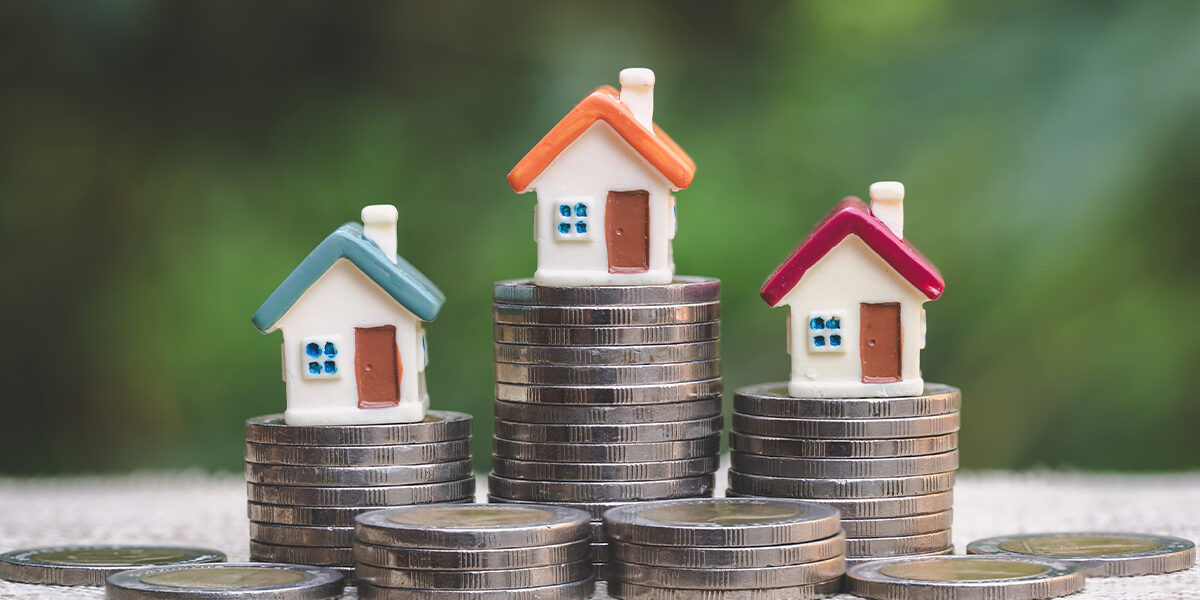Veros Reports Home Prices Set To Increase Nearly 6% In 2021
Veros Real Estate Solutions released its Q4 2020 VeroFORECAST data that anticipates home price appreciation will increase significantly during the next 12 months in the 100 most-populated markets. The overall average forecast is 5.9% by Q4 2021, an additional increase of 0.9 percentage points compared to 5% just a quarter ago. This level of change from one quarter to the next is heavily driven by the ultra-low interest rates and population migration trends.
In March 2020, the novel Coronavirus impacted the U.S. causing speculation that the real estate industry would face severe home price declines. At that time, the VeroFORECAST made a bold prediction that the global pandemic would only have a brief impact on housing prices. The market paused for only one quarter, then resumed appreciating in the subsequent quarters and continues to perform remarkably.
“The VeroFORECAST data remains strong into 2021 with almost no major metro area showing notable home price depreciation over the next 12 months,” said Darius Bozorgi, CEO of Veros Real Estate Solutions. “In fact, the projected increase is nearly one percentage point higher than it was for the previous quarter, which is being driven by continued low interest rates and buyer demand.”
Veros is committed to the data science of predicting home value based on rigorous analysis of the fundamentals and interrelationships of numerous economic, social and geographic variables as they pertain to home value. This data-driven approach indicates that many of the top-performing cities are trending at a double-digit rate.
Currently, economic indicators and geographic conditions are not consistent across the country. Many areas have experienced a rebound from earlier quarters driven by government stimulus and relatively low consumer spending providing homeowners with enough money to meet mortgage obligations.
“Ultra-low interest rates and other government stimulus has allowed the housing market to boom, despite the Coronavirus pandemic of 2020,” said Eric Fox, Veros Vice President of Statistical and Economic Modeling. “Home prices across the nation have returned to their pre-pandemic level and will move upward steadily in 2021 as job creation is restored and vaccinations take hold around the country.”
Several states in the western portion of the country are leading the national price increases. Cities in Idaho, Washington, Arizona, Utah, and Colorado comprise the entirety of the Top 10 metro areas. Appreciation is forecast to continue strengthening with Boise up an astonishing 14.1% by Q4 2021. Many of these cities are benefiting from new household formation from parts of the country such as California that is experiencing population exodus.
The 10 Strongest Markets Over Next 12 Months
| Rank | Metropolitan Statistical Area (MSA) | Forecast Q4 2020 – Q4 2021 |
| 1 | BOISE CITY, ID | 14.1% |
| 2 | BREMERTON-SILVERDALE-PORT ORCHARD, WA | 12.1% |
| 3 | COEUR D’ALENE, ID | 11.6% |
| 4 | OLYMPIA-LACEY-TUMWATER, WA | 11.5% |
| 5 | PHOENIX-MESA-CHANDLER, AZ | 11.2% |
| 6 | IDAHO FALLS, ID | 10.6% |
| 7 | OGDEN-CLEARFIELD, UT | 10.6% |
| 8 | SALT LAKE CITY, UT | 10.4% |
| 9 | COLORADO SPRINGS, CO | 10.2% |
| 10 | SPOKANE-SPOKANE VALLEY, WA | 10.1% |
The list of ten least-performing markets is led by three cities in Texas. Two of these markets are heavily dependent on the oil and gas industry which was hit hard by reduced market demand and soft prices. While all of these under-performing markets are projected to yield some increase in 2021, the rate is much lower than the rest of the top 100 markets.
The 10 Least-Performing Markets Over Next 12 Months
| Rank | Metropolitan Statistical Area (MSA) | Forecast Q4 2020 – Q4 2021 |
| 1 | MIDLAND, TX | 1.5% |
| 2 | ODESSA, TX | 1.5% |
| 3 | LAREDO, TX | 1.7% |
| 4 | KAHULUI-WAILUKU-LAHAINA, HI | 2.8% |
| 5 | IOWA CITY, IA | 2.9% |
| 6 | SPRINGFIELD, IL | 3.0% |
| 7 | FORT SMITH, AR-OK | 3.1% |
| 8 | FARGO, ND-MN | 3.1% |
| 9 | GRAND FORKS, ND-MN | 3.2% |
| 10 | WATERLOO-CEDAR FALLS, IA | 3.3% |
The New York City metro area, which encompasses most of New Jersey and parts of Connecticut, is forecast to appreciate at just over 3% making it just out of the 10 Least-Performing markets. However, many New York City boroughs are forecast to depreciate over the next 12 months with -4% depreciation in Manhattan.
Today’s pandemic-driven recession is very different than the previous recession (2007-2009) which was caused by artificially inflated house prices, loose lending practices to unqualified buyers, and inflated appraisals. This recession is not caused by housing. Rather, it is caused by a fundamentally different issue which is the Coronavirus pandemic. Current news of multiple vaccines becoming available brought some good news to the end of 2020. Although, the rollout is expected to take months and it will likely be quite some time before pre-pandemic employment returns.

The Place for Lending Visionaries and Thought Leaders. We take you beyond the latest news and trends to help you grow your lending business.



